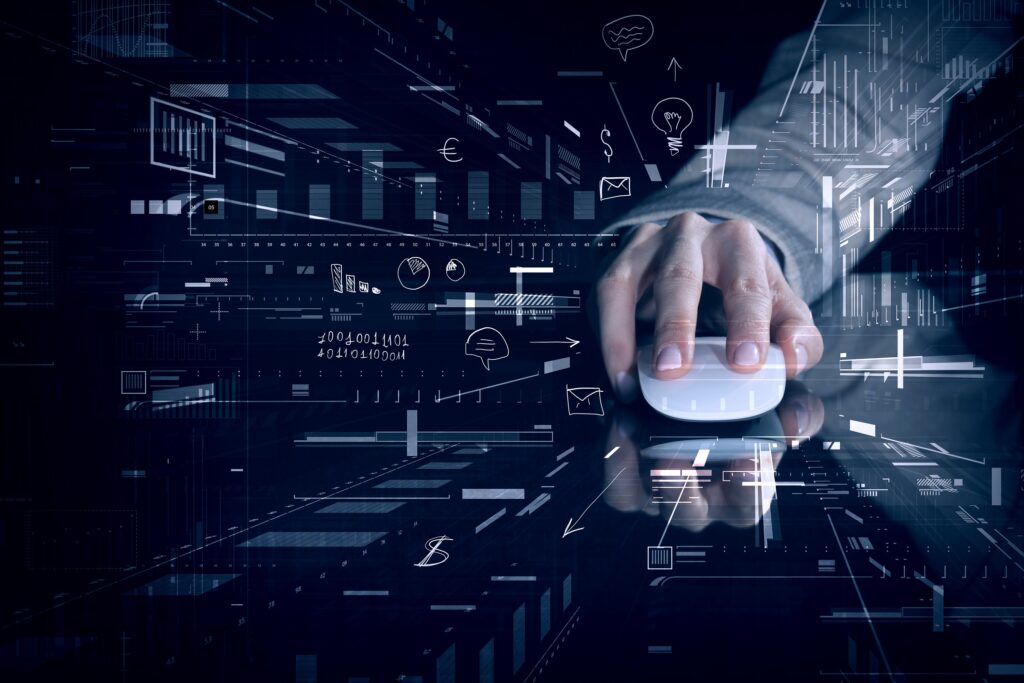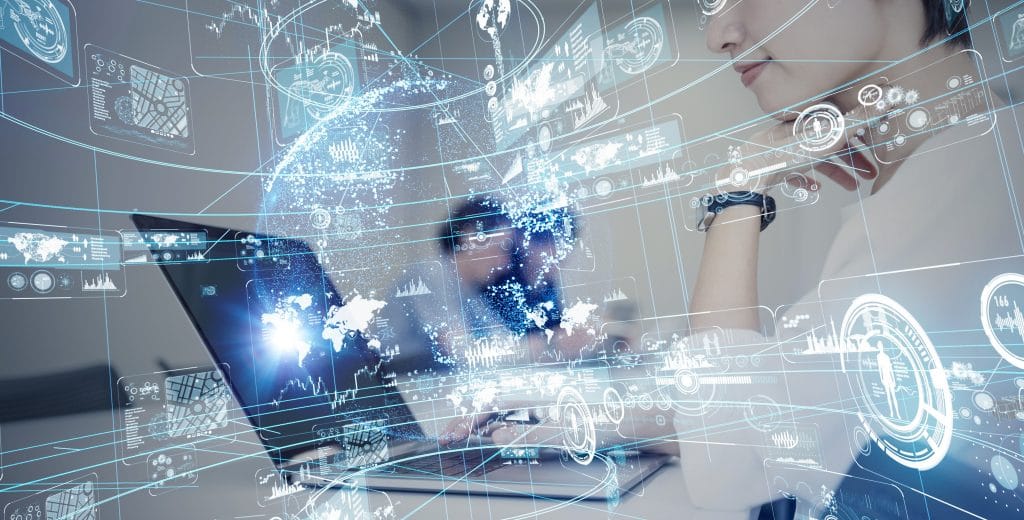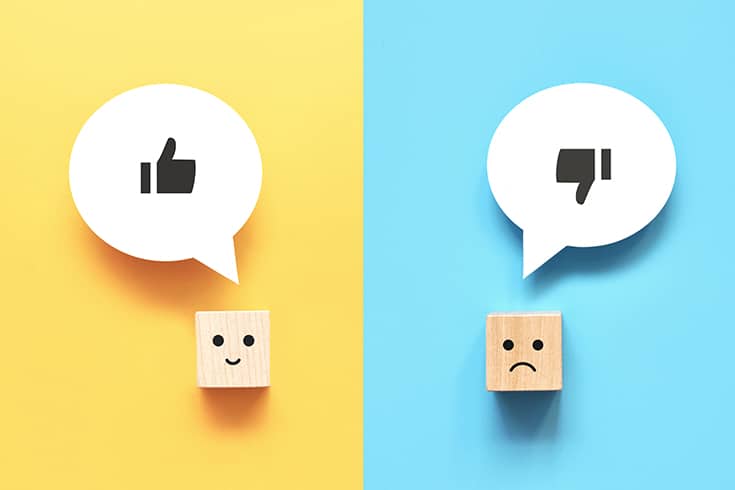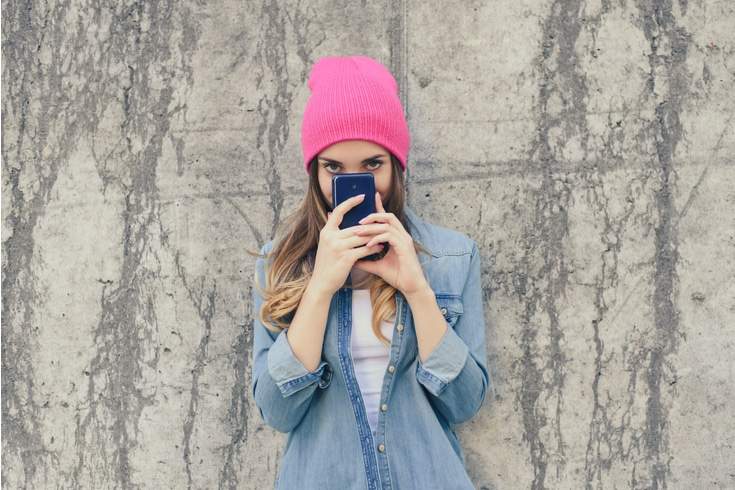Essential for YouTube Uploaders! Explaining Instances Where Thumbnail Images Can Constitute Copyright Infringement
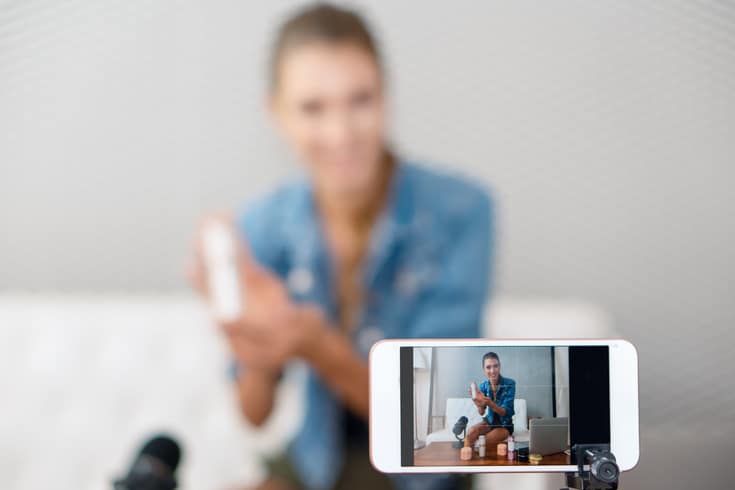
On YouTube, thumbnails with impact tend to catch people’s attention and increase the number of views. Therefore, when posting videos, it is not uncommon to use impactful images for thumbnails, such as photos of celebrities, Disney’s Mickey Mouse, or Nintendo’s Mario, all of which are copyrighted by others.
Also, such images are often used within videos to make the content more interesting or easier to view.
While you may have seen such cases, there are naturally legal risks involved in using other people’s copyrighted works. On the other hand, it can often be difficult to determine what constitutes copyright infringement, and surprisingly few people fully understand the legal risks involved.
In this article, we will explain the legal risks of using images copyrighted by others in YouTube thumbnails and videos.
About YouTube
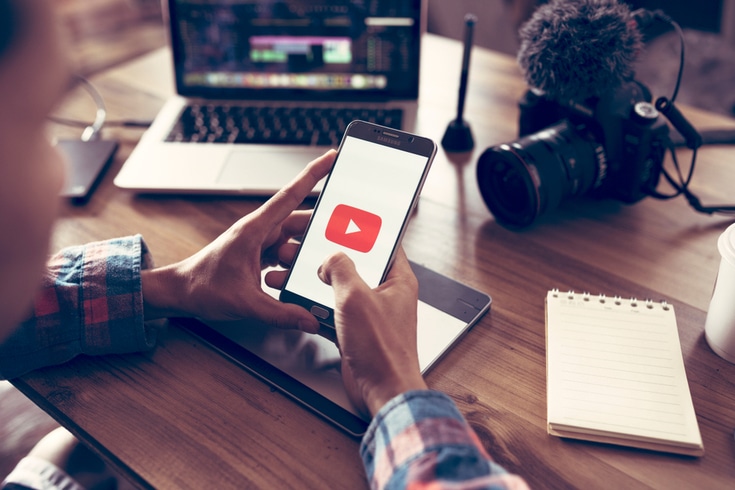
YouTube is the world’s largest video sharing site, operated by Google.
Unlike television, YouTube allows viewers to watch their favorite videos at any time. Recently, it has become so integrated into our lives that some people watch YouTube more than they watch television.
Those who post videos on YouTube make various efforts to get viewers to play their videos. One such strategy is to use game screenshots or images of celebrities in thumbnails and within the video.
Thumbnail
A thumbnail, often shortened to ‘thumb’, is a reduced image designed to quickly convey what a video posted on YouTube is about.
On YouTube, viewers choose videos that match their interests. The first thing they see when selecting a video is the thumbnail, which greatly influences whether they decide to watch the video or not.
Therefore, to get viewers to watch a video, it’s crucial to attract attention with the thumbnail. This is why thumbnails often use images that catch the eye, such as screenshots from games or pictures of celebrities.
What is Copyright?
Copyright is a right established by the Japanese Copyright Law, designed to protect authors and their works.
Unlike patent rights or trademark rights, copyright does not require any application procedures. It is automatically granted once the legal requirements are met, which is one of its unique personalityistics.
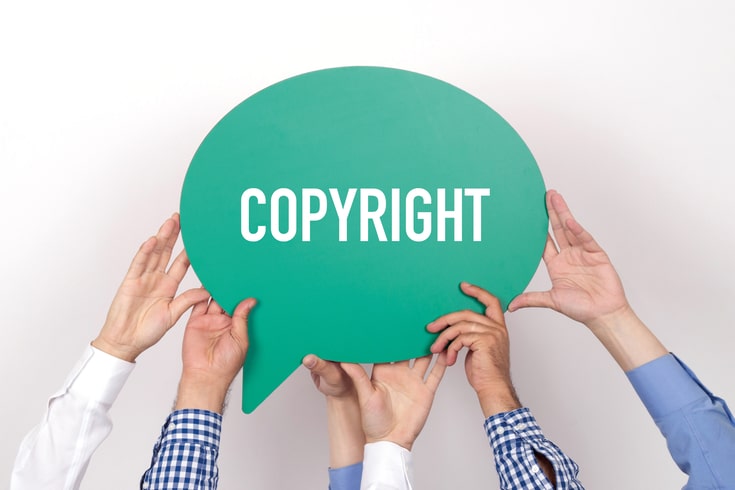
So, what kind of images can be considered as copyrighted works?
From the provisions of Article 2, Paragraph 1, Item 1 of the Japanese Copyright Law, it can be understood that works that meet the following elements are considered copyrighted:
- They relate to thoughts or feelings
- They are recognized as creative
- They are expressions
- They belong to the realm of literature, academia, art, or music
From the above elements, mere data (not expressing thoughts or feelings), imitations of others’ works (lacking creativity), ideas (not expressions), and industrial products (not belonging to the realm of literature, academia, art, or music) are excluded from copyright.
Examples of Copyrighted Works
Copyrighted works include various items such as novels, music, paintings, movies, and photographs. Here, we will explain about images of games and celebrities often used on YouTube.
Are Game Screenshots Considered Copyrighted Works?
Under the Japanese Copyright Law, games are considered a type of “cinematographic work”, and game screenshots are considered to fall under the category of cinematographic works (Article 10, Paragraph 1, Item 7 of the Japanese Copyright Law).
Therefore, if you use a game screenshot without permission, it will generally be considered a copyright infringement.
https://monolith.law/corporate/youtuber-game-law[ja]
Are Images of Celebrities Considered Copyrighted Works?
While celebrities themselves are not considered copyrighted works as they are people, images taken of celebrities can be considered “photographic works” (Article 10, Paragraph 1, Item 8 of the Japanese Copyright Law) depending on the relationship with the photographer. Normally, professional photographers take pictures of celebrities. These images, with their composition, lighting, and shutter timing, can be said to express the thoughts and feelings of the photographer, thus qualifying as copyrighted works.
Therefore, if you use a photo of a celebrity without the permission of the photographer, who is the author, you will generally be infringing on the photographer’s copyright.
Copyright Infringement Can Lead to Account Suspension
If you commit a copyright infringement on YouTube, you will receive a copyright infringement warning from YouTube. If you receive three such warnings, all channels associated with your account will be suspended, and all videos posted on your account will be deleted.
Furthermore, the Japanese Copyright Law stipulates criminal penalties, including imprisonment and fines, for those who infringe on copyright. Therefore, if you infringe on copyright, you may be held criminally liable. In addition, you may also be held civilly liable, such as being sued for damages by the author, or being required to return unjust profits if you made profits from the copyright infringement.
When Using Images on YouTube Can Infringe Copyright

So, what specific actions can infringe copyright? Below, we will explain along with the related rights. Also, the actions listed below are often done unknowingly, so caution is necessary.
When using someone else’s work in thumbnails or videos, the following actions are typically involved:
- Saving someone else’s work on your own computer or smartphone
- Editing the saved work of others to create thumbnails or videos
- Using the created thumbnails or videos
Saving Someone Else’s Work on Your Computer or Smartphone
Many people save videos and images from the internet on their own computers or smartphones. Such actions may infringe the reproduction rights of the author, so caution is necessary.
Reproduction Rights
One of the contents of copyright is the right of reproduction.
The right of reproduction is a right stipulated in Article 21 of the Japanese Copyright Law. According to a precedent (Supreme Court ruling on September 7, 1978 (Showa 53) Minshu Vol. 32 No. 6 p. 1145), “Reproduction of a work means to reproduce something that is sufficient to make the content and form of the existing work known, relying on the existing work.”
The act of saving someone else’s work without permission is generally considered to infringe the author’s right of reproduction and can be considered copyright infringement.
However, if the scope of copyright infringement expands indefinitely, it may hinder the smooth use of works and other materials, and may even contradict the purpose of the Copyright Law, which aims to contribute to the development of culture.
Therefore, the Copyright Law provides many exceptions. For example, the act of saving someone else’s work for personal enjoyment is recognized as a legal act as a reproduction for private use (Article 30 of the Copyright Law).
Also, the act of saving someone else’s copyright for use in thumbnails or videos, if it can be said to be use accompanying the use of works in electronic computers, is not copyright infringement (Article 47-4 of the Copyright Law).
However, this is a provision that stipulates that reproduction performed in the process of legally using a work is not copyright infringement, so it is necessary to be careful about “This does not apply in cases where it would unfairly harm the interests of the copyright owner in light of the type and purpose of the work and the manner of the use.” (Article 47-4 of the Copyright Law).
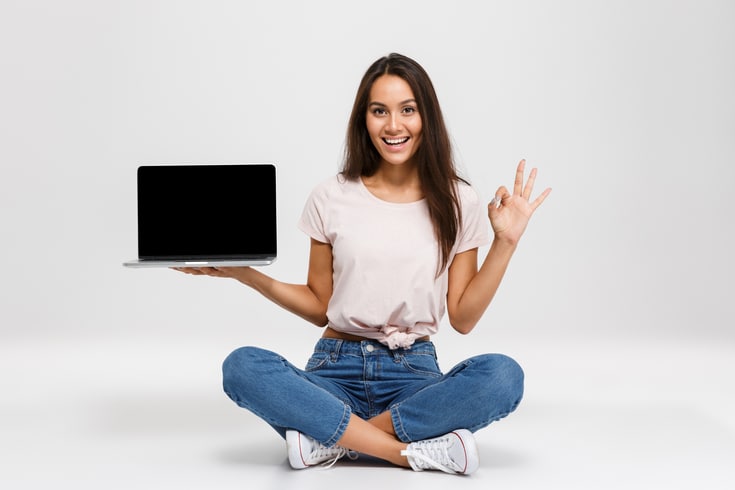
Using Edited Works of Others
Even if you can legally save someone else’s work, if you edit it without permission to use it in thumbnails or videos, you may infringe the author’s right to adapt and right to maintain integrity.
What is the Right to Adapt?
The right to adapt is a type of copyright, and it refers to the right to exclusively and exclusively adapt a work. The significance of adaptation is,
“The act of creating another work that can directly perceive the essential personalityistics of the expression of an existing work by relying on an existing work, while maintaining the same essential personalityistics of its expression, and creatively expressing thoughts or feelings by adding modifications, additions, changes, etc. to the specific expression”
Supreme Court ruling on June 28, 2001 (Heisei 13) Minshu Vol. 55 No. 4 p. 837
It is understood as such. Easy-to-understand examples include dramatization or film adaptation of novels, and animation or game adaptation of manga.
In relation to YouTube, the act of adding edits, etc. to use someone else’s work in thumbnails or videos may infringe copyright if it falls under adaptation, so caution is necessary.
Right to Maintain Integrity
The right to maintain integrity is a type of moral rights of the author, and it refers to the right not to receive changes, deletions, or other modifications against the author’s intention regarding the work and its title (Article 20, paragraph 1 of the Copyright Law).
Whether or not it infringes the right to maintain integrity is emphasized on the subjective intention of the author in the text of the law. Also, Article 20 of the Copyright Law does not provide for the exclusion of application for modification actions in the private domain. Therefore, modification actions in the private domain may also infringe the right to maintain integrity.
Not all modifications against the author’s intention infringe the right to maintain integrity because it would be harsh for users if the author’s intention is used rigidly. However, since there is no clear standard for infringement of the right to maintain integrity, it is desirable to take measures such as obtaining the author’s permission.
In YouTube, edits, etc. in thumbnails or videos may be judged to infringe the right to maintain integrity, so it is necessary to pay attention to the above points.
The right to maintain integrity has aspects similar to the right to adapt, but the right to maintain integrity is a right related to the mental aspect of the author, which is the moral rights of the author, while the right to adapt is a right belonging to the property aspect of the right holder, which is a big difference.
Using Someone Else’s Work in Thumbnails or Videos
When using thumbnails or videos created by editing someone else’s work, the act of uploading someone else’s work to YouTube and the act of showing the uploaded work of others to viewers are involved.
The former may infringe the right to make transmittable (Article 23, paragraph 1 of the Copyright Law), and the latter may infringe the right of public transmission (Article 23, paragraph 1 of the Copyright Law). For convenience of explanation, we will first explain the right of public transmission.
Public Transmission Rights
Public transmission means to perform wireless or wired electrical transmission for the purpose of being directly received by the public (Article 2, paragraph 1, item 7-2 of the Copyright Law), and the author exclusively owns the right to publicly transmit the work.
Therefore, using someone else’s work without permission in thumbnails or videos and publishing the video is considered public transmission, and may infringe the author’s right of public transmission.
Right to Make Transmittable
Transmittability means to make it possible to automatically transmit to the public by methods such as uploading a work to a server (Article 2, paragraph 1, item 9-5 of the Copyright Law). Therefore, the right to make transmittable is commonly referred to as the upload right.
Automatic public transmission means one of the public transmissions, which is performed automatically in response to a request from the public (Article 2, paragraph 1, item 9-4 of the Copyright Law).
In order to infringe the right to make transmittable, it is necessary to make it possible to automatically transmit to the public. In other words, if you make someone else’s work transmittable, you will infringe the right to make transmittable even if no automatic public transmission is actually made.
If you upload someone else’s work to the YouTube server, even if there is no access at all, it can be said that you have made it possible to automatically transmit to the public because you can access it if you want to. It is considered that such an act without the permission of the right holder infringes the right holder’s right to make transmittable.
How to Use Images on YouTube Without Infringing Copyright
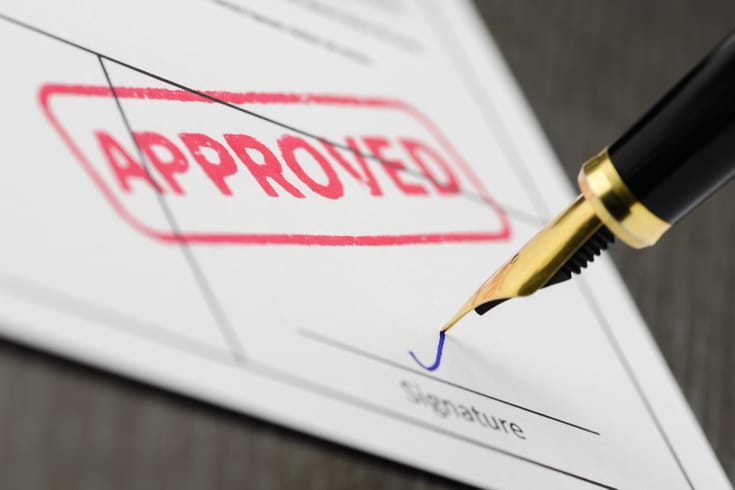
Using someone else’s copyrighted work in thumbnails or videos without permission is generally considered a copyright infringement. However, not all uses are recognized as copyright infringement. In this article, we will introduce how to use images that others have copyrighted in thumbnails or videos without infringing the copyright holder’s rights.
When Permission is Granted by the Copyright Holder
First, consider the case where the copyright holder has given permission to use the copyrighted work. There are two types of permissions: explicit and implicit.
Explicit Permission
If explicit permission is given, it is not a copyright infringement. Article 63, Paragraph 1 of the Japanese Copyright Law (著作権法63条1項) states that the copyright holder can grant permission to others to use the copyrighted work. If it is clear that permission has been granted by the copyright holder, the likelihood of trouble is low, making this the most reliable method.
When granting permission, it is also possible to specify the method and conditions of use (Article 63, Paragraph 2 of the Japanese Copyright Law (著作権法63条2項)), such as setting a license fee or allowing exclusive use.
If you obtain permission to use from the copyright holder, you can assert the right to use against those who later acquire the copyright of the work or third parties (Article 63-2 of the Japanese Copyright Law (著作権法63条の2)). However, various troubles may arise with the copyright holders after obtaining permission.
Therefore, for explicit permission, make sure to clarify the content of the permission and leave solid evidence such as documents. For game screenshots, there are cases where game companies publicly announce on their websites that they grant permission to use.
For example, Nintendo has published “Guidelines for the Use of Nintendo’s Copyrighted Works in Network Services,” and in these guidelines, it states, “Nintendo will not claim copyright infringement against individuals who post (including live commentary) videos and still images using captured images and screenshots (hereinafter referred to as “Nintendo’s game copyrighted works”) from games copyrighted by Nintendo on appropriate video and still image sharing sites and monetize them through systems specified separately.” The “YouTube Partner Program” is listed as a “separately specified system.”
Nintendo: Guidelines for the Use of Nintendo’s Copyrighted Works in Network Services
Implicit Permission
Even if there is no explicit permission, if it can be said that there is implicit permission, the copyrighted work can be used. Whether implicit permission is recognized or not varies depending on the situation, and individual judgment is necessary.
As one guideline, the fact that the use of a copyrighted work has been established once without the copyright holder objecting may be judged by the court to mean that the use of the copyrighted work has been implicitly permitted.
For example, if a real estate introduction page is set up on a real estate information site that anyone can view, and the content is intended to be seen by many people, it is considered that printing out (copying) the page falls within the range of use of the copyrighted work that the copyright holder assumes.
As for the use of copyrighted works in thumbnails and videos, I don’t think there are many cases where implicit permission is recognized, but if they are published with the intention of being used for thumbnail images, it is possible that there is implicit permission.
When it Constitutes a Quotation
If the use of someone else’s copyrighted work can be evaluated as a quotation, it is not a copyright infringement.
Quotation is stipulated in Article 32, Paragraph 1 of the Japanese Copyright Law (著作権法32条1項).
(Quotation)
Japanese Copyright Law Article 32, Paragraph 1
Article 32: A published work may be quoted. In this case, the quotation must be in accordance with fair practice and within the limits justified by the purpose of news reporting, criticism, research, or other quotation.
In general, it is considered necessary for the following requirements to be met in order for the use of a copyrighted work to be recognized as a quotation.
- The part being quoted is a published work
- The quotation is within a reasonable range for the purpose of the quotation and conforms to fair practice
- The source of the quotation is clearly indicated (Article 48, Paragraph 1, Item 1 of the Japanese Copyright Law (著作権法48条1項1号))
- The author’s moral rights regarding the quoted work are not infringed upon when quoting
- The part being quoted and the author’s own work can be clearly distinguished
- The author’s own work is the main one and the other’s work is the subordinate one
However, among the above requirements, the presence or absence of the main-subordinate relationship between the quoter and the quoted is not directly a requirement for determining the success or failure of the quotation, but is considered as one circumstance that can be considered for the method and manner of quotation.
Ultimately, whether it constitutes a quotation or not is a case-by-case matter, so it is necessary to make individual judgments for each case.
https://monolith.law/corporate/quote-text-and-images-without-infringing-copyright[ja]
Summary: Consult a Lawyer if You’re Unsure About Copyright Infringement When Using Images on YouTube
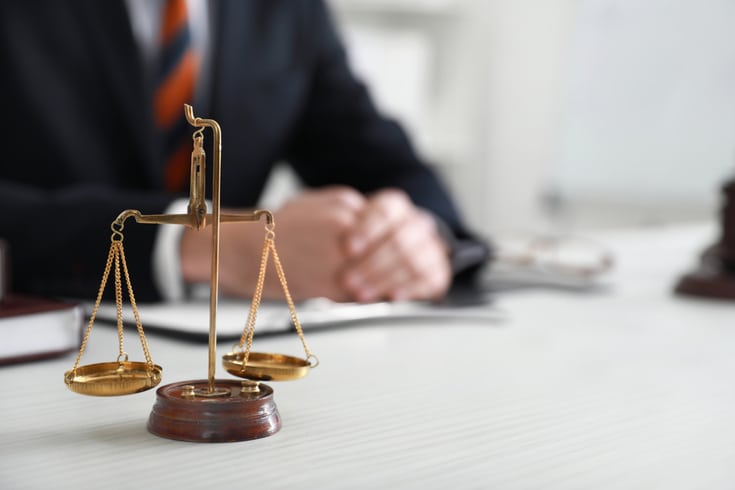
We have explained the risks involved in using copyrighted images in YouTube thumbnails and videos.
Using screenshots of games or images of celebrities in YouTube thumbnails and videos is an effective way to increase views. However, if not used properly, it could potentially lead to copyright infringement.
Therefore, those who post videos on YouTube need to fully understand the issues related to copyright and how to use content without violating the Japanese Copyright Law. However, determining whether or not you are infringing on copyright law requires specialized knowledge. If you find it difficult to make a judgment, we strongly recommend consulting a lawyer.
Introduction to Our Firm’s Measures
Monolith Law Office is a legal office with high expertise in both IT, particularly the internet, and law. Recently, among YouTubers and VTubers, the need for legal checks such as portrait rights, copyright, and advertising regulations has been rapidly increasing in channel operations. It is also essential to thoroughly prepare in advance for issues related to contracts. Please refer to the following article for details.
Category: Internet

